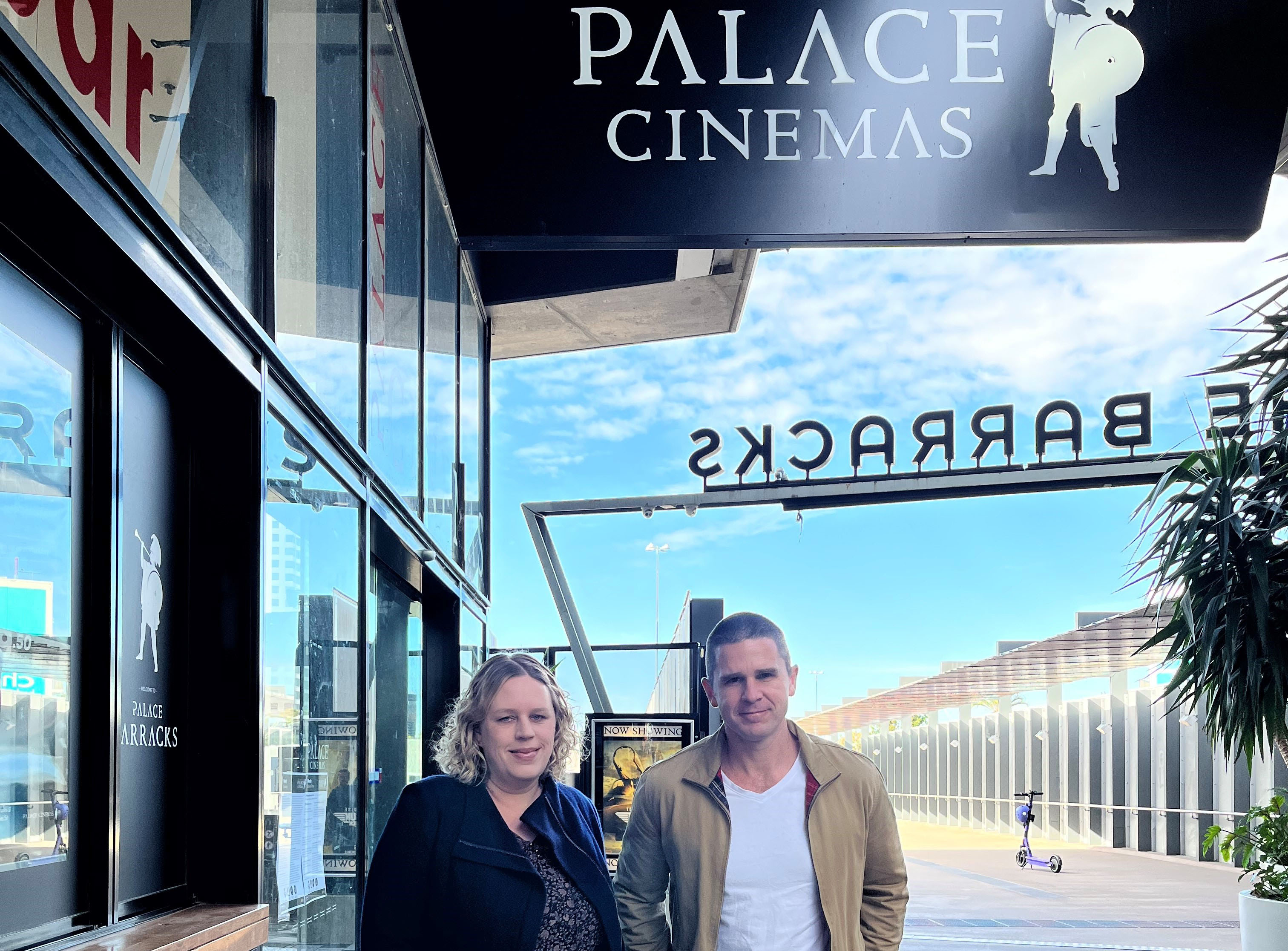With ‘blockbuster season’ underway, new QUT research gleaned from a survey of 10,000 patrons reveals what audiences really want on a trip to the movies.
Preliminary findings from the largest national audience survey on Australian cinemagoing since the COVID-19 pandemic began, indicate people value how and what they hear more highly than the size of the screen and although we ask for healthy options at the candy bar, we don’t then buy them but revert to old favourites.
QUT (DMRC) Chief Investigators and Dr collaborated with Palace Cinemas Head of Marketing Mr Alex Moir to co-design and deliver a survey to Palace customers that attracted more than 10,000 individual responses.
“Despite the impacts of COVID, our respondents remain very optimistic about the ongoing popularity of cinema. New release films are important but many point to the overall experience as clearly appealing beyond just the films alone,” Dr Elkington said.
“With 71% of respondents over the age of 50, the research also underscores the need to foster youth audiences and cultivate successive generations of cinema goers, especially with the pandemic forced break in the habit of cinema going for many Australians.”
The survey builds upon Dr Elkington’s and Dr Van Hemert’s DMRC research project investigating how Australian independent cinemas have responded to COVID impacts and continue to maintain engagement with their audiences.
Dr Van Hemert from QUT’s and Dr Elkington from the tapped into the audience base from Palace Cinemas’ 180 screens Australia-wide.

“Going to the movies is Australia’s most popular form of cultural activity. Our independent cinemas hosted more than 27 million visitors a year and contributed more than $250 million into the nation’s economy prior to COVID-19,” Dr Elkington said.
Dr Van Hemert added that for audiences, the practice of going to the movies has always been about more than just watching a film.
“Some of our strongest memories may be linked to the cinema. The first film we saw as a child, our friends or on a special date. The value of cinema going is tied to the collective experience, and understanding this experience is at the heart of our research,” Dr Van Hemert said.
She and Dr Elkington now begin the work of coding and analysing over 30,000 written responses to a range of questions before publishing their findings fully next year.
“We know research like this is sorely needed right now as cinemas and audiences hopefully emerge from the pandemic with a newfound hunger for the kind of immersive engagement with stories on screen only cinema can provide,” Dr Elkington said.
“So far we have found an overwhelming understanding from survey respondents that the cinema was the place where everyone involved with a film (stars, crew, writer, producer, director) wanted audiences to experience their work.”
Dr Van Hemert said the data also reveals that on a scale of 1-10, audiences rate a definitive ‘9’ in agreement to the following statement ‘I usually pay more attention to what I’m watching in the cinema’.
“As the number of screens in our home expand, and we pay more attention to the mobile devices that may easily interrupt our home viewing, cinema is increasingly appreciated as a site of focused attention where audiences can give themselves over to sustained, immersive storytelling,” she said.
“It is easy to point to streaming as the main factor drawing audiences away from the cinema post COVID. However, there are many other competing reasons that impact our decision to leave the house and attend a cinema, over another entertainment experience.”
Palace Cinemas Head of Marketing Mr Alex Moir said the early findings are already proving helpful.
“Most cinema exhibition professionals have keen insights into what drives audiences and are acutely aware of the benefits of cinema in the media landscape. What we don’t have is enough peer-reviewed research to validate those ideas,” Mr Moir said.
“Too often I have found our shared industry conversations to be circular, repeating ground already covered instead of progressing forward. This research with QUT hopes to reveal insights we may already know but can now corroborate and provide guidance on progressing as an industry.”
The next stage in the ‘Resilient Screens’ research project will see Dr Elkington and Dr Van Hemert work with Independent Cinemas Australia (ICA) on an even larger scale national audience survey which will be distributed to all ICA members in early 2023.
Adrianne Pecotic, CEO of Independent Cinemas Australia said it was now a critical time for evidence-based decisions that promote the sustainability of independent cinemas welcoming back patrons in communities all across Australia.
“This collaboration will help exhibitors deliver the kind of cinema experience and shared social outing that excites and engages our diverse audiences,” Ms Pecotic said.
According to Dr Elkington, the data from the next survey and the accompanying report, will allow individual cinema operators to compare and contrast their own audience behaviour and demographics against the anonymous aggregated results of all other participating independent cinemas across Australia.








